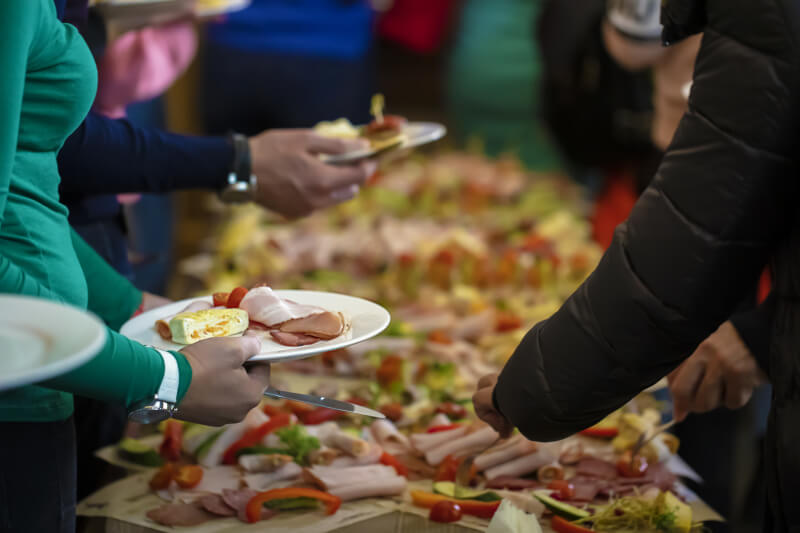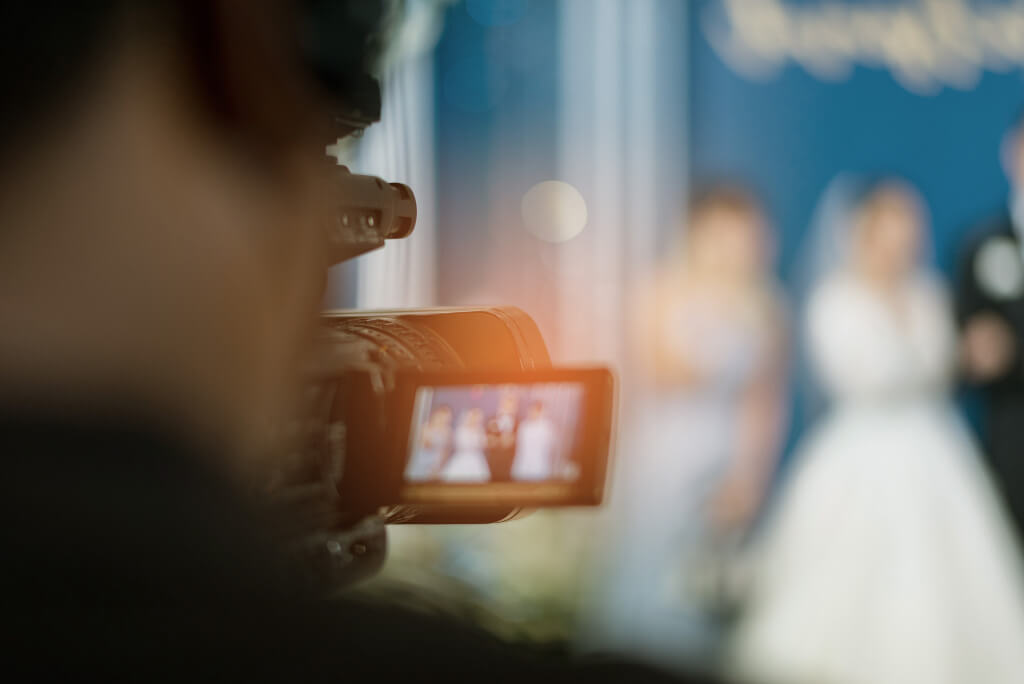What follows is only a suggestion based on a previous TV production on which our organisation worked and may or may not apply to other situations. We think it’s likely that many people will face similar challenges. Paradisiacal settings are the norm when filming reality shows. And these spots aren’t the well-known ones everybody knows about; they’re less popular among tourists, so you won’t have to deal with too many people. We’ve found the issues with this plan that won’t become apparent until you’re implementing it. We have therefore divided these difficulties into four classes:
- A Central Location
- Position of the Generator
- The Availability of Props and Catering Services
- Identifying A Prime Location
As you search for the perfect main location, keep in mind that not only do you need to make sure it’s attractive and roomy, but it can also accommodate a team of at least seventy people.
You’ll save money on transportation and storage if the team can all remain in one place close to the action. However, most desirable locations do not include a single large hotel suitable for the entire team. Smaller hotels in the vicinity of the main location are required, as are numerous modes of transportation. Then, choose a central catering site where everyone may gather for meals at the same time.
Generators
These are the most crucial for maintaining your productivity. Since a reality programme airing round-the-clock can’t afford to go dark, they’ll be using two generators in rotation. The secondary generator serves as a safety net, lightening the load on the primary generator to maintain consistent production. They must be located close to the main studio but far enough away to prevent audio issues.
When deciding where to put the generators, it’s also crucial to take noise pollution into account. Remember that these generators run continuously, thus any issue could lead to complaints that could snowball into a major disruption of production if not addressed immediately.
Catering

Catering is the hardest element of the production because of the need to accommodate a wide variety of tastes and preferences among the cast and crew.
Keep in mind that after patronising the same restaurant for a month, individuals begin to tyre of the cuisine served. People start to dislike this chef’s food no matter how much he mixes up the menu. If you want to make sure everything goes smoothly, you should hire many caterers in advance.
Installing a walk-in freezer to store large quantities of food while filming in a remote location can help you save money and guarantee that you never run out of options.
Great insights have been presented, however, it’s important to also talk about things like local laws and cultural norms. Filming can be significantly impacted by legal and regulatory constraints. Make sure you comply with all applicable regulations and obtain all relevant permits before beginning filming. Some examples of such restrictions are filming permits, drone permits, and others that vary from place to place. Also, be sensitive to the local customs and mores. Ignoring local norms might cause friction with the community and perhaps legal trouble. To avoid any awkward situations with the locals, it is recommended to hire a local guide or liaison.
Weather
Climate and weather trends throughout the year are other crucial factors to think about. The shooting schedule may need to be adjusted if bad weather occurs. You wouldn’t want to shoot a summer-themed reality programme in the middle of the rainy season, for instance. There will be many delays, higher costs, and logistical difficulties as a result of this. Make sure you study the area’s typical weather conditions around the time of filming. In this way, you may prepare for any eventuality and proceed with confidence.
Access to Equipment
The director of a long-running production has a concept of what he or she wants to display at the outset, but this notion is not yet fully formed so you can supply the props in advance. As a result, you’ll need to figure out where to source the show’s props. Everything from clothing boutiques to hardware stores to hobby shops and even the possibility of a speedy delivery system for internet orders will be considered props.
Establishing a transport bridge, where items are brought from a larger city on predetermined days, is the most cost-effective option if you are located in a distant area.
It is Also Crucial to Have a Reliable WIFI

Having consistent high-speed internet and mobile network coverage is crucial in the modern world. Strong network connections are essential for several parts of production, including team communication, sending footage for editing or approval, live streaming, and the use of certain special effects. Locations with spotty internet connectivity increase costs and delay production, which may compromise the quality of the reality show. Therefore, it is important to include in the pre-production checklist an evaluation of the location’s telecommunications infrastructure.
All of these factors are important considerations when deciding where to film a reality TV show. Not mentioned are the availability of emergency medical care facilities and the delivery of bottled water, since the quality of tap water in more rural areas is sometimes insufficient for production.
Safety on Set
There’s also the matter of making sure everyone and everything involved stays safe. Theft, vandalism, and injuries from a lack of safety precautions can become major obstacles while filming in less inhabited or more rural regions. Hire private protection to keep your property safe, especially at night and when business is slow. It is also important to have a backup plan in case of medical emergency, which includes knowing the location and capabilities of the nearest medical institutions. Wildfires, earthquakes, and extreme weather are all natural disasters that should be taken into account when calculating risk.
How does the Shoot Impact the Enviroment
It is essential to think about how filming would affect the natural world. When not managed appropriately, reality TV programmes filmed in stunning natural settings can have a negative impact on the surrounding ecosystem. Sustainable practises, such as limiting production waste, preserving energy, and cutting down on carbon emissions, are crucial to achieving a green film. Knowing the environmental standards that must be followed in order to obtain a filming permit will help you avoid legal trouble. Showing concern for the environment is also good for the show’s reputation and will likely win over locals.
The Local Benefits
Direct expenditure on things like hotel, food, and supplies, as well as indirect spending from increased tourists and interest in the area, can give a community a significant economic boost when a reality TV programme is filmed there. As a result, the area may become more desirable for filming in the future, which is good for both commerce and residents. Nonetheless, it’s important to weigh this against the possible disruption to daily life that filming can bring, especially in smaller or more secluded areas. Conflicts can be lessened and production timeliness improved by open lines of communication and cooperation with local authorities and citizens.
